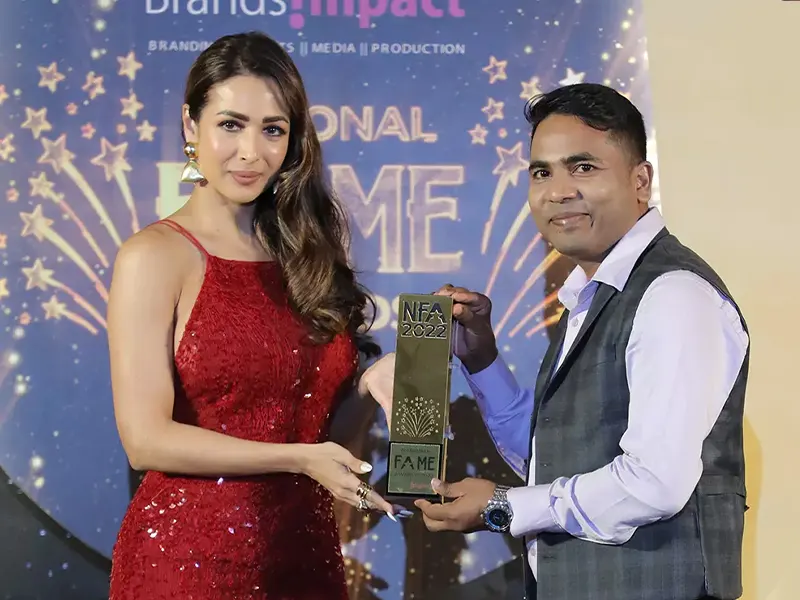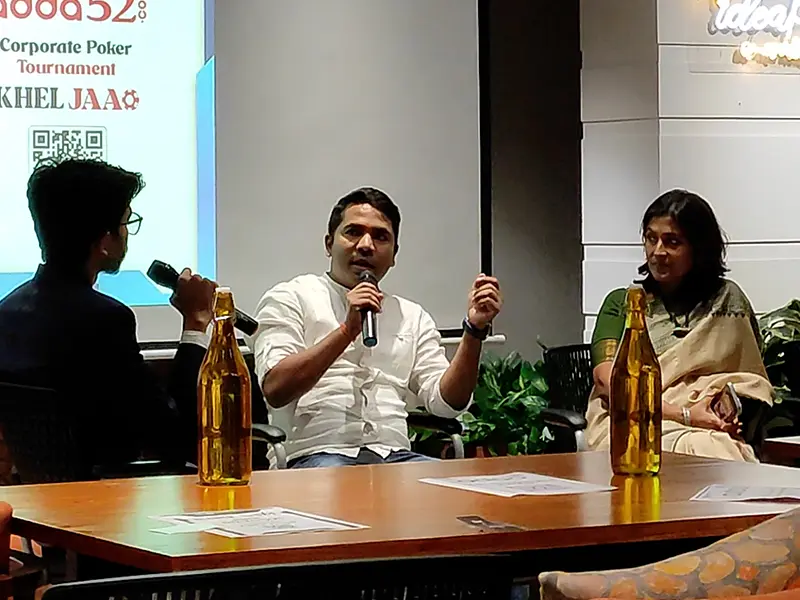


























Online Legal India is a subsidiary of FastInfo Legal Services Pvt. Ltd., registered under the Companies Act, 2013.
With the facility of a proficient team of professionals, we provide a wide variety of services. We provide top-notch solutions for individuals, business owners, company proprietors, corporate bodies, and others for their registration and related issues they face in their everyday lives.


Founder of Online Legal India

Meet Rajesh Kewat, The Small Town Entrepreneur Behind Online Legal India's Success

From Rs. 2000 Salary to Multi-Crore Turnover Company | Rajesh Kewat | TEDxPradhikaran.

Mr. Rajesh Kewat getting featured in the special edition of Forbes India Magazine - Showstoppers 2022-23

Rajesh Kewat, the MD of FastInfo Legal Services Pvt Ltd, owns a movie-like story; a man who lost everything for his love & attained great success within just 500 days with his innovative business.

Rajesh Kewat Conferred with Businessman of the Year Award at Brands Impact NFA 2022.



The Founder & CEO of Online Legal India, Mr. Rajesh Kewat actually had the courage to sacrifice his well paid job at Oxford and turn his startup dream into a crore turnover company.
‘You don’t need MONEY to build your business empire, what you need is big dreams & a SHARP MIND! If you got it, try it.’

Businessman of the Year

TEDx

IIT Kharagpur

Economic Times Award

Recognized by Govt. of India

1 Lakh+ Happy Customers Across India

ISO Certified

Data Security & Trust

Trained & Professional Experts

On Time Service

Super Fast Service

Quick Response Team

Affordable Than Other Professionals